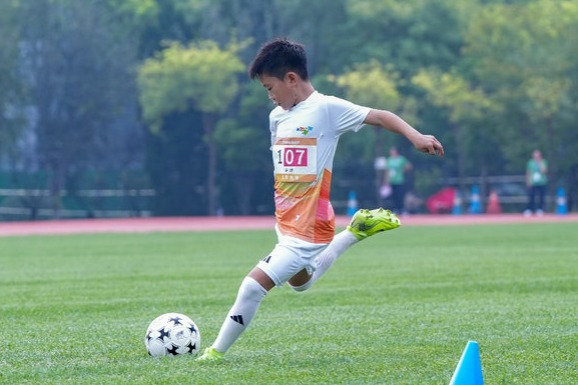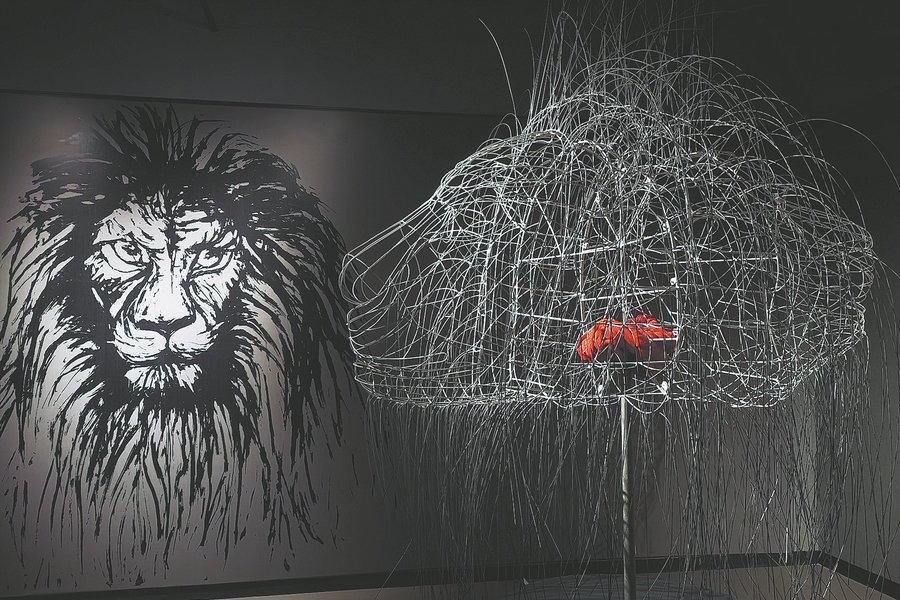Breakthrough in Shanghai lab gives voice to thought


"Unlike English's basic phonemes, Mandarin involves over 400 nuanced syllables," explains Li Meng, INSIDE's chief scientist.
The team trained on data from the world's largest human brainwave database built by Huashan Hospital, and the AI identified phonetic components with over 83 percent accuracy, according to Li.
Looking ahead, researchers envision the decoded text allowing users to control smart environments, or even generate expressive artworks through generative AI systems.
Huashan Hospital has played a key role in brain-computer interface clinical trials. In August 2024, neurosurgeons at the Hospital implanted a 256-channel flexible BCI device designed by the Shanghai-based NeuroXess into a 21-year-old female patient with epilepsy. Within the 48 hours, the patient successfully engaged in table tennis and snake computer games through brain control.
In June 2025, a Chinese man who had lost all four limbs in a high-voltage accident 13 years ago was shown playing chess and racing games using only his mind. This followed the implantation of a BCI device developed by the Chinese Academy of Sciences.
Recognizing BCI as a strategic future industry, Shanghai is building BCI incubators and fostering an innovation ecosystem. The city aims to achieve high-quality brain control and fully integrate BCI products into clinical applications by 2030.




































